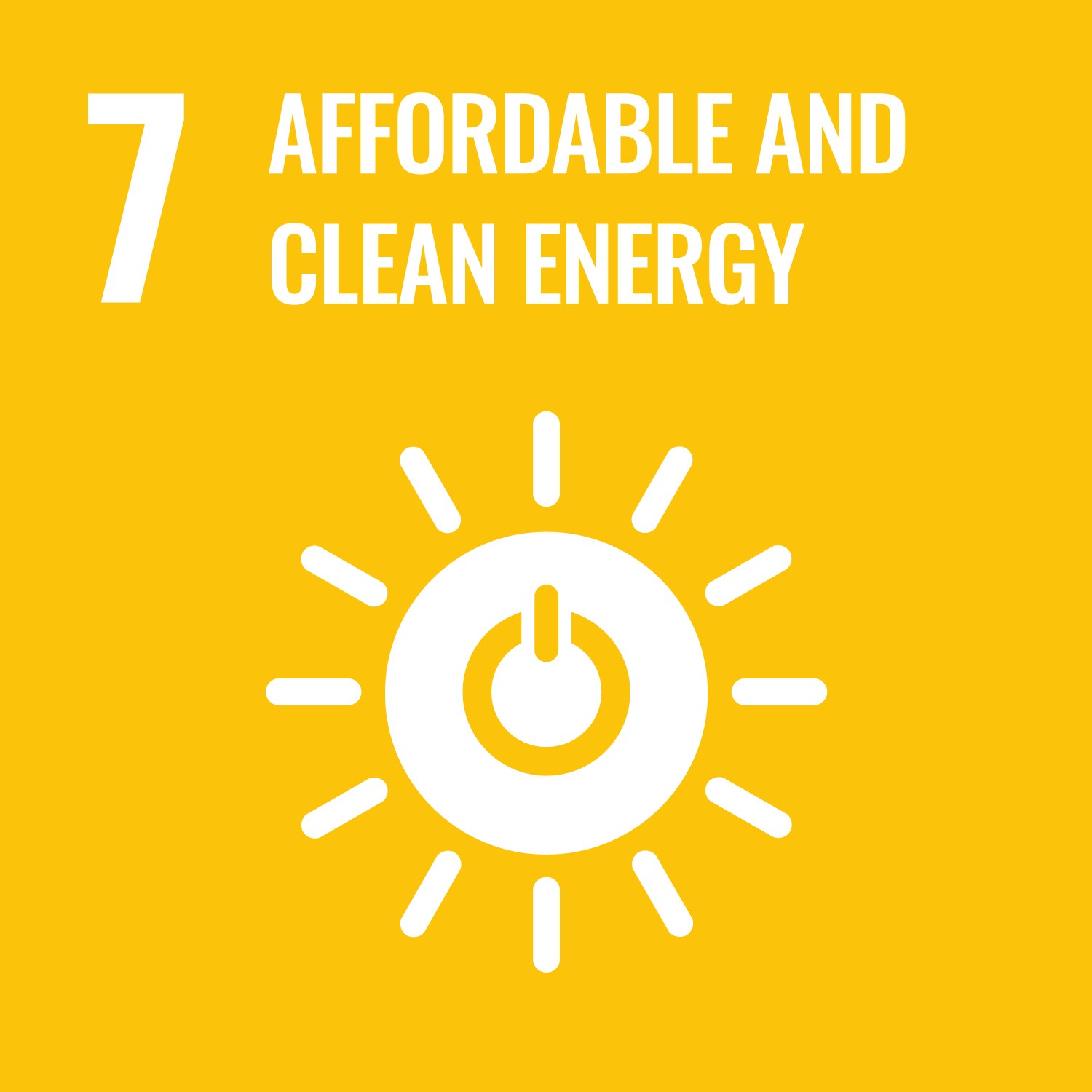Koval, O. orcid.org/0009-0006-7719-6058, Das, A. orcid.org/0000-0002-6405-5735, Paramatmuni, C. orcid.org/0000-0001-7069-7331 et al. (2 more authors) (2025) Evaluation of uncertainty in material flow predictions in hammer forging of steel through constitutive modelling. Journal of Manufacturing Processes, 133. pp. 1207-1221. ISSN: 1526-6125
Abstract
Reliable modelling of plastic deformation during thermomechanical processing requires robust constitutive models incorporating material and process parameters. This study employs the hyperbolic sine model to predict the strain response of 708M40 steel at elevated temperatures and strain rates. A novel calibration approach comprising three stress–strain datasets derives optimal model parameters that account for uncertainties arising from microstructural heterogeneity. Key parameters, including the activation energy (Q), the strain rate sensitivity (n), the pre-exponential factor (A), and the scaling parameter (α), are determined to minimise prediction errors. These parameters are calibrated respectively to 350352 J/mol, 5.9, 1.2⋅10<sup>14</sup> s<sup>−1</sup> and 0.0075 MPa<sup>−1</sup> to predict peak stress based on the average of three model parameter sets. The confidence in stress predictions increases with temperature and is influenced by a strain rate at high temperatures. This calibrated constitutive model is employed within hammer forging simulations to model previously published experimental studies performed at 1030 °C and 1300 °C under unlubricated conditions. The numerical analysis showed accurate height predictions for blow efficiencies of 50 % and 40 % at 1030 °C and 1300 °C, respectively. Then, the evaluated uncertainties in flow stress were incorporated into hammer forging simulations to study their effect on post-forging predictions. At 40 % efficiency, the model predicts the final height with corresponding uncertainties of 10.62±1.46mm and 7.76±1.54mm, while the experimental observations are 9.5±0.2mm and 7.6±1mm at 1030 °C and 1300 °C respectively. Further validation against experimental results confirmed that the predicted cross-sectional deformation flow lines closely matched those within the workpiece. A multifactorial experiment with 3600 simulations was performed to study the effect of uncertainties in thermomechanical responses and process conditions on post-forging geometry. This numerical experiment suggest that increased temperature and blow efficiency result in extensive deformation and greater die-metal contact, making further deformation more challenging and reducing the influence of initial flow stress uncertainties. This detailed understanding of the intertwined effect of material and process parameters on the response of steels aims to support the development of efficient computer-aided manufacturing.
Metadata
| Item Type: | Article |
|---|---|
| Authors/Creators: |
|
| Copyright, Publisher and Additional Information: | © 2024 The Authors. This is an open access article under the CC BY license ( http://creativecommons.org/licenses/by/4.0/ ). |
| Keywords: | Hammer forging; Finite element analysis; Constitutive modelling; Uncertainty quantification; Calibration |
| Dates: |
|
| Institution: | The University of Sheffield |
| Academic Units: | The University of Sheffield > Faculty of Engineering (Sheffield) > School of Chemical, Materials and Biological Engineering |
| Funding Information: | Funder Grant number UK RESEARCH AND INNOVATION MR/T02058X/1 |
| Date Deposited: | 10 Oct 2025 15:35 |
| Last Modified: | 10 Oct 2025 15:35 |
| Status: | Published |
| Publisher: | Elsevier BV |
| Refereed: | Yes |
| Identification Number: | 10.1016/j.jmapro.2024.11.048 |
| Related URLs: | |
| Sustainable Development Goals: | |
| Open Archives Initiative ID (OAI ID): | oai:eprints.whiterose.ac.uk:232832 |


 CORE (COnnecting REpositories)
CORE (COnnecting REpositories) CORE (COnnecting REpositories)
CORE (COnnecting REpositories)